Apple iPhone 12 Pro review: a premium flagship in a usable size
The iPhone 12 Pro has best-in-class cameras, speed, screen quality and design – and you'll pay for them

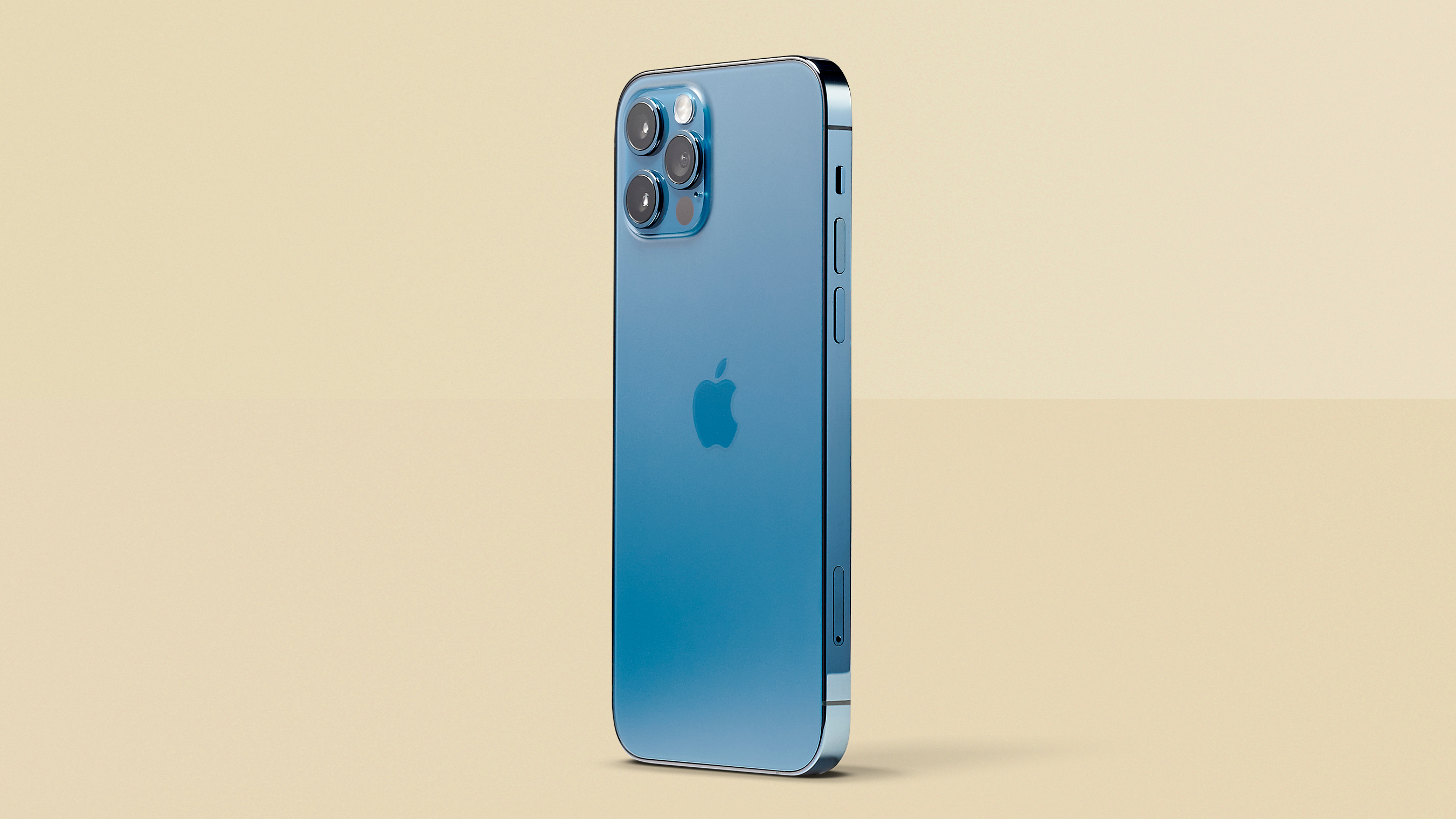
The iPhone 12 Pro feels truly elite. Everything about it is high-end, and in a smaller body than its rivals. Some won't like the lack of longer zoom or high refresh rates, but there are trade-offs for those, and what you get here is impeccable.
-
+
Excellent HDR screen
-
+
Superb camera system
-
+
Top-tier processor and 5G
-
+
Incredible build quality
-
-
Expensive
-
-
Average battery life
-
-
No high-refresh screen
-
-
Some will want longer zoom
Why you can trust T3

To bring you this comprehensive iPhone 12 Pro review, I have been living with Apple's higher-end 6.1-inch phone from 2020. Long story short, it's absolutely one of the best phones on the planet.
Between this and the iPhone 12, there's actually no difference in size. What sets the iPhone 12 Pro apart is its features and materials - it has a brighter screen, larger internal memory, and even more to play with in terms of camera features. Not only that but you'll even get a slightly more premium stainless steel and frosted rear glass finish.
Okay so those improvements are hardly dramatic, in fact, some are even quite niche but those who want them are sure to see the difference. That's particularly true when it comes to the camera.
This is increasingly the direction Apple is going with its 'Pro' products: it's about specific features for high-end users rather than them just making them faster or sleeker.
As you'd expect, more high-end features come with a price tag to match, and that is sure to put a lot of people off. But if you're prepared to splash out, you'll get a phone that really feels worth the price, both in terms of being as slick and powerful as phones come, as well as literally feeling so premium – it's the most beautifully made and designed phone we've ever seen, while also bucking the trend that having features this good requires a phone to be tablet-sized.
Remember, if you pick up an iPhone 12 Pro be sure to keep it secure with one of the best iPhone 12 cases.
- Check out the best iPhone 11 deals
- See all the best Apple Black Friday deals
- Read our Apple Watch Series 6 review
- And our Apple Watch SE review
iPhone 12 Pro review: Price & release date
The iPhone 12 Pro's release date was October 23rd 2020, and its official price starts from £999/$999/AU$1,649. That includes 128GB of storage, which is a good amount for most people. It's double the 64GB that the iPhone 12 comes with, and you won't really need to upgrade from there unless you have a specific need in mind, such as storing loads of music or movies, etc.
Bigger options include a 256GB version for £1,099/$1,099/AU$1,869, or you can go with the extra-capacious 512GB model for $1,299/$1,299/AU$2,219.
This is essentially the same launch price as the iPhone 11 Pro was for its own launch last year, though it's a little cheaper in the UK and Australia, which is good to see (and runs counter to the price rise the iPhone 12 had).
Like the iPhone 12, Apple no longer includes a charging block in the box (though does include a Lightning-to-USB-C cable), and there are no wired headphones either. It feels a little cheap, but I mind it less here because the target market is going to feel the effect much less than those that those who might pick up the more mid-range-focused iPhone 12.
You can buy a 20W fast-charging plug from Apple for £19/$19, and I suspect few people who spend this much on a phone ever put the included headphones in their ears anyway.
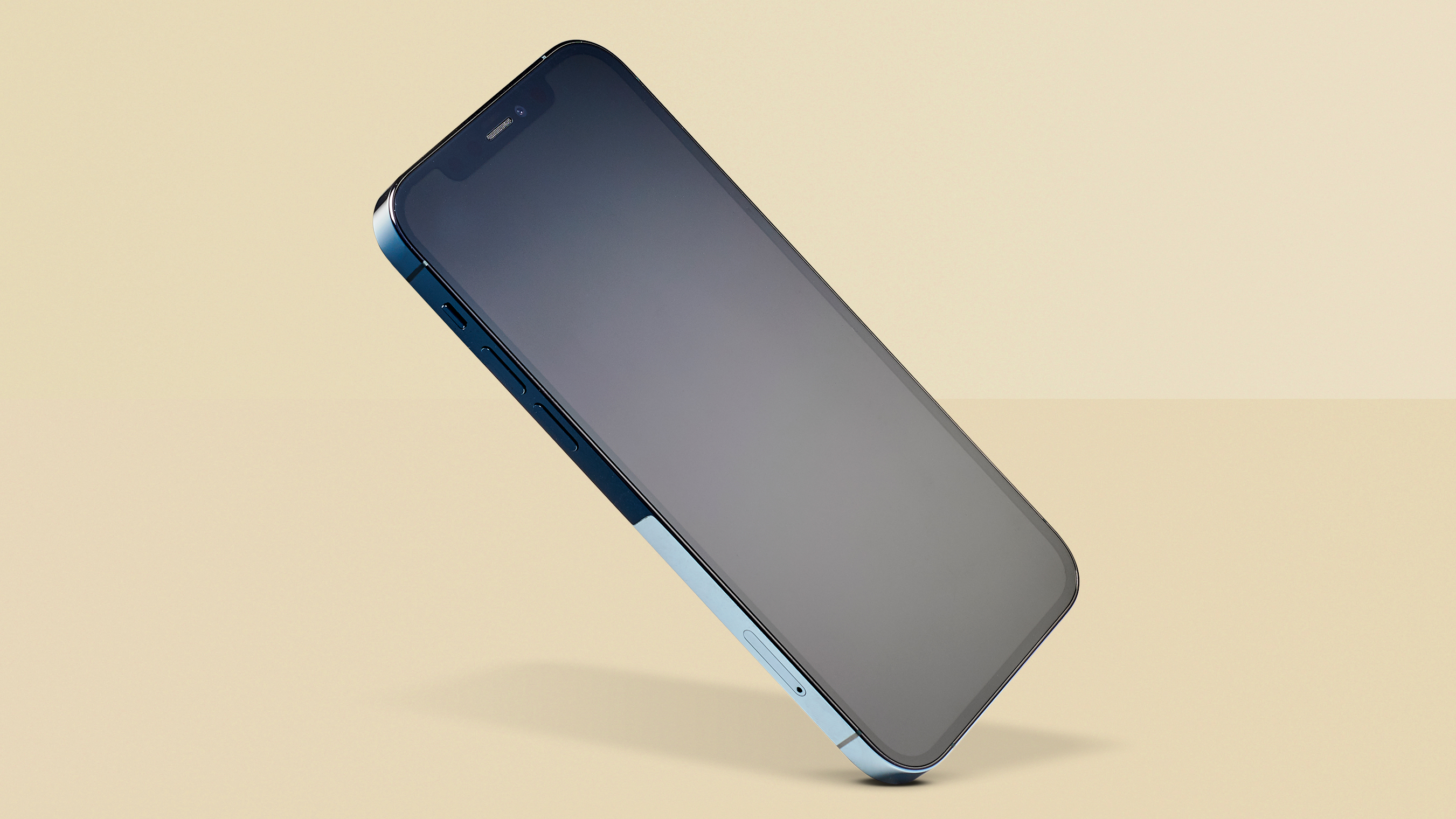
iPhone 12 Pro review: Design & MagSafe
Not only do I think this is the iPhone 12 Pro is the best-looking iPhone to date, I also think it's one of the best-looking gadgets of any kind, though with something of a caveat.
I have the gold version, which is both why I like it so much, and part of my caveat. The new iPhone design features the flat edges of the iPad Air (2020) rather than the curved sides of the iPhone 11 Pro. The back is flat glass, and in the case of the gold phone is a kind of off-white/satin colour. This leaves a solid gold band around the outside, visible from the front, that looks pristinely flat and thin, surrounding a gleaming black oblong on the front.
It makes this phone look more like a piece of jewellery – an accessory – than other phones, and that's what I love. Do you remember luxury phone company Vertu? This is what they were going for but never managed to achieve: a gadget that looks like it was made by Cartier.
And not just looks it; feels like it too. This thing is significantly heavier than the iPhone 12, which just makes it feel more like it might be real gold or something. (Mercifully, it will will survive a fall much better than gold would.)
Of course, the caveat may have already become clear to you: not everyone wants a phone that looks more like a gold bracelet than a computer.

Thankfully, there are colours other than gold. The new Pacific Blue (which features in our photography in this review) is as oceanic as its name suggests, while the Graphite (which is basically a black option) and Silver give you looks more similar to what we're used to in previous iPhones, but still with the shiny edge of stainless steel.
The trick to them all being so nice, at different levels of bling-ness, is that they're unfussy. It's a smooth black front with a shiny metal rim, a plain steel side, and a matt frosted glass rear.
It's not just the materials that have changed. The iPhone 12 Pro fits its 6.1-inch screen into a frame only a tiny bit bigger than the 5.8-inch iPhone 11 Pro, thanks to smaller bezels and removing those curved edges. This means the screen is just as easy to reach across, though is a little harder to reach high up with one hand.
But the big screen fills even more of the handset, and it's great. It's not a life-changing size upgrade, but it definitely feels like a step forward.
The notch for Face ID and the front camera is still there. You wonder if Apple couldn't have slimmed it or something by now, but I think its size and shape have become part of the iPhone's visual identity, and so won't change until Apple is ready for a shift that will last for a while.
I'm disappointed that the new Touch ID button from the iPad Air hasn't made it here as a secondary form of security for when you're wearing a mask, though.
The iPhone 12 Pro includes Apple's new 'Ceramic Shield' glass, which it says is four times more likely to survive a drop. This doesn't necessarily make it more scratchproof, I should note – resistance to shattering and scratching are very different specialities – and whether a drop breaks a phone or not is subject to a lot of unpredictable factors.
But still, it looks like this will mean fewer screen repairs based on anecdotal evidence so far (I have not subjected mine to a drop test, sorry).
MagSafe is one of the new features of the iPhone 12 Pro, and it's a basically a ring of magnets under the rear of the device that you can use to connect accessories.
They surround the wireless charging equipment, so one of MagSafe's uses is more efficient wireless charging (up to 15W), because if you use a compatible wireless charger (such as Apple's own MagSafe charger), it's held in the optimal position, making a higher-power connection possible.
I'm not really wowed by MagSafe so far, however. I find its current options somewhat underwhelming: it can be used to hold on cases, but I don't actually like Apple's specific cases (the silicon is more slippery than the phone); it can hold a wallet accessory onto the back, but this is in major danger of being knocked off when sliding the phone into your pocket; and the MagSafe charger is heavier than just using a cable, and not really any more convenient since it needs to be manually detached, unlike a regular wireless charger where you can just grab your phone and go.
There are some better-looking devices coming, including desk and car mounts that charge your iPhone, and even a portable video-recording rig that makes use of it while also holding a light and camera. So I'm optimistic there will be cool products in the future, but it's not something that elevates the phone for me.
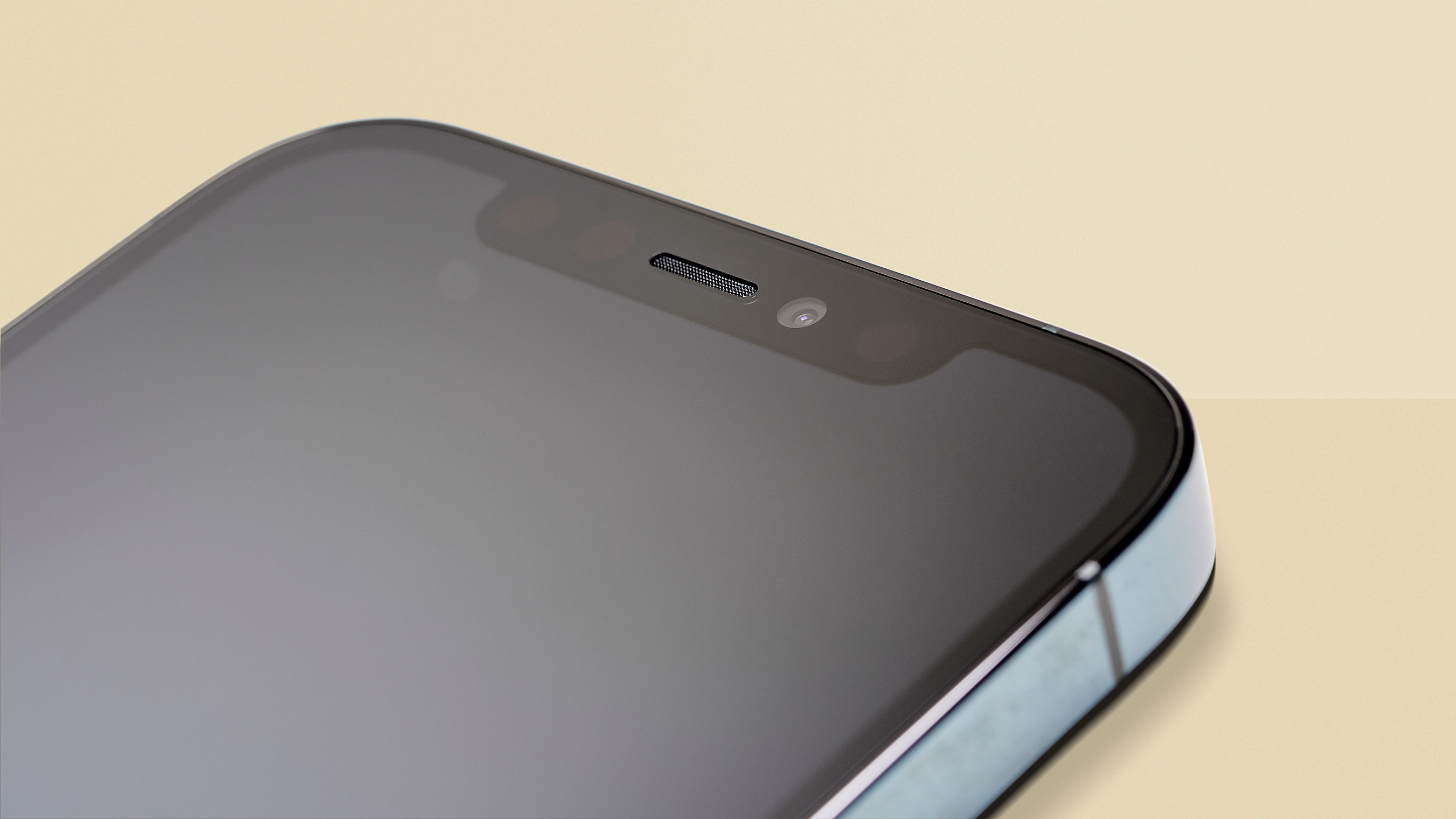
iPhone 12 Pro review: Screen & speakers
The iPhone 12 Pro's screen is slightly larger at 6.1 inches than the iPhone 11 Pro (5.8 inches), and so is slightly higher resolution, but that's the only real display difference between the new phone and last year's.
The iPhone 12 Pro has an OLED display, with a resolution of 1170x2532, which is 460 pixels per inch. That's exactly the same as the iPhone 12. The iPhone 11 Pro was 1125x2436, which is 458 pixels per inch, so the detail difference is academic, really.
Having a slightly larger screen at the same level of comfort is certainly welcome, though, and with the a typical brightness of 800 nits and claimed peak HDR brightness of 1,200 nits, it's nothing less than genuinely stunning, especially when making use of its Dolby Vision HDR support to watch movies and TV.
These kinds of figures are better than what a lot of flagship TVs can manage, and almost any other phone. The OnePlus 8 Pro is the closest for screen quality.
One of the more 'pro' elements of the screen is that the colour accuracy is incredible. You'll see the results when you take photos and Dolby Vision HDR video, but it's also basically as perfectly calibrated as displays get, and includes support for the wide P3 colour gamut.
Is this something most people need – more than the very nice colour accuracy most phone give you? No, not really. But it's definitely 'pro'.
The big talk around the screen in the iPhone 12 Pro is the lack of 90Hz or 120Hz support. The iPhone remains stubbornly 60Hz.
It's a bit surprising not to see support here, since the iPad Pro includes 120Hz. But in the iPad Pro, it has a practical purpose: when combined with the Apple Pencil, it makes what you're drawing appear faster, which is really important for accuracy.
The only equivalent practical use on iPhone is gaming, which also benefits from faster response times. The rest of the time, a higher refresh rate makes things animate more smoothly, which is very nice, but it isn't essential.
High refresh rates also have a notable battery impact – it can be close to a 10% reduction on some handsets.
I wish that Apple had included a high-refresh screen as an option on its Pro phones in 2020, for those of us prepared to take the hit, because it's one of those things that's hard to go back from once you try it. Some will also say that it's a big miss in the spec list, especially for this kind of money, which is a fair point.
But while I don't love that it's missing, I'm okay with it. The iPhone beats other phones in other areas, and this is an area of lower importance than, say, cameras as far as I'm concerned.
The speakers in the iPhone 12 Pro haven't changed drastically, but Apple already put pretty impressive sound in. They sound really clear for listening to generally, especially around voices, making them great for voice calls or listening to podcasts and stuff, and music is much better than built-in speakers have any reason to be, really.
Well, there is a reason, and it's watching video. When you hold the device in front of you, the stereo speakers produce a surprisingly impressive soundscape – specific sounds move around the screen, and to the left and right of your head. It's some damn clever tech… that few people will ever hear, because most people watch moves with actually decent sound mixes using headphones anyway.
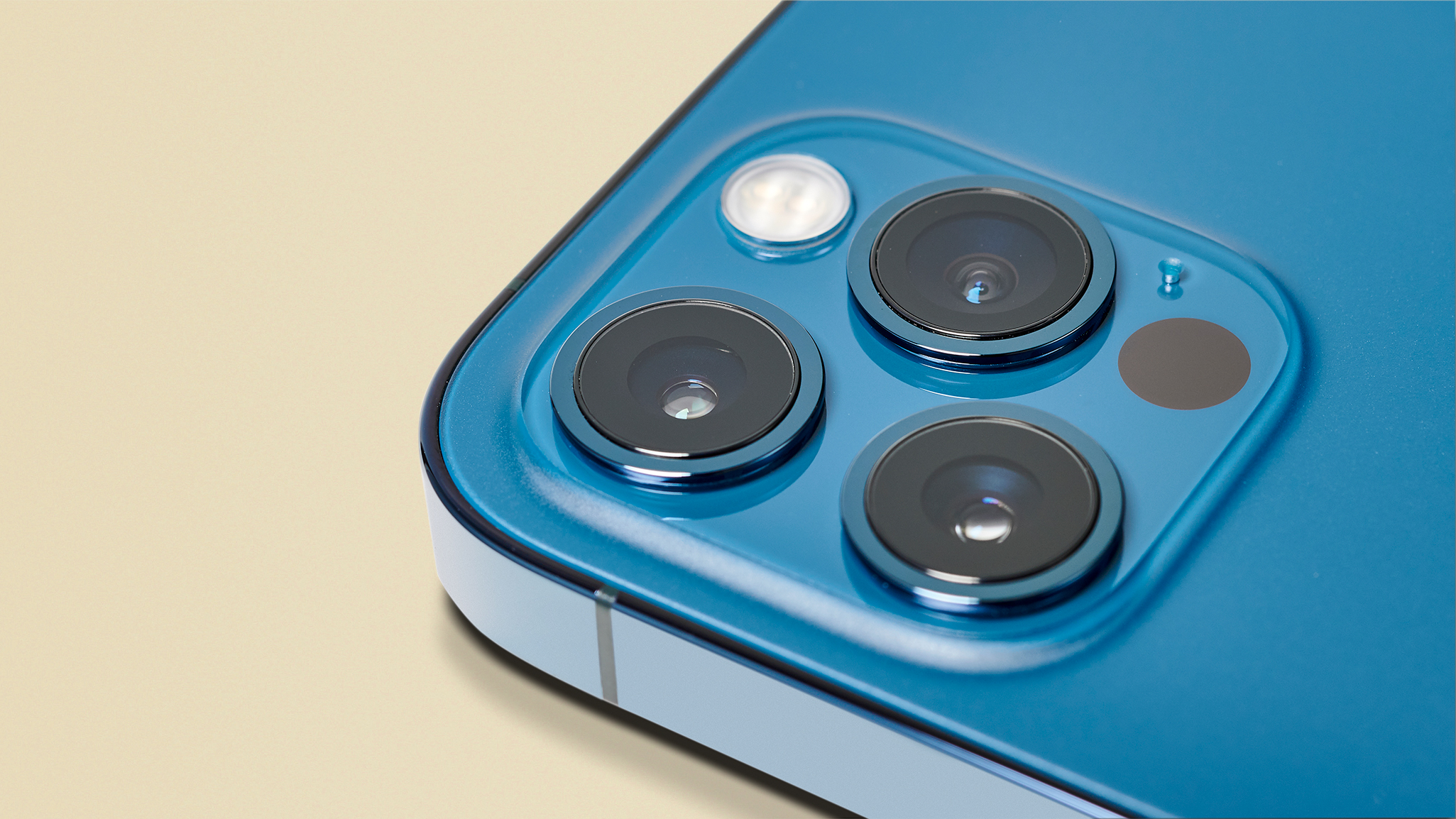
iPhone 12 Pro review: camera
The iPhone 12 Pro's triple-lens appears very similar to the iPhone 11 Pros, but there are improvements inside and out that bring noticeable improvements in lots of areas, all working together to make this the highest-quality camera on a phone (at least, until the iPhone 12 Pro Max appears).
First, let's address something that hasn't changed, which some people won't be happy about: the telephoto lens. It's a 2x zoom compared to the wide-angle camera, which is the same as the 11 Pro. With the likes of the Samsung S20 Ultra offering a 5x telephoto lens (and an impressive 10x hybrid zoom), it feels like Apple is behind here… but there's an element of preference around this that people don't always talk about.
Remember that a phone zoom lens isn't versatile like a camera zoom lens – you can't make it optically longer and shorter at will. If the only telephoto lens your phone has is the 5x zoom, you're gaining the ability to snap things further away (great!) but losing the ability to take a nice 2x zoom portrait shot of something less far away, because the 5x is also your minimum zoom range. If you want to take a 2x zoom shot on a phone with a longer length, you have to use digital zoom, which reduces detail.
So in the case of zooms on phones, more isn't automatically better. It's fancier, and more impressive tech, no doubt, but whether it's desirable in practice is a matter of preference.
Apple seems to think having a shorter zoom distance is more useful. I'd like a little more – perhaps 3x – because I think that would still be good for versatility, and it's interesting that the iPhone 12 Pro Max will actually include a 2.5x zoom instead of the 2x zoom here.
While I certainly wish I could zoom further from time to time on the iPhone 12 Pro, and I understand if people are frustrated Apple didn't go further with it, I don't think it's a fundamental problem that it hasn't changed here. It's a trade-off, and you'll just have to decide if you agree with Apple that's better to get pristine shots at 2x than to be able to shoot longer.
As I mentioned, though, other stuff has changed. The three lenses are still a wide-angle (which now has a wider f/1.6 aperture than the 11 Pro), an ultra-wide lens (which is a 0.5x zoom compared to the wide) and that 2x telephoto. All three lenses have 12MP sensors, as does the lone forward-facing camera.
The new Apple A14 processor includes more advanced image processing than ever, including an upgraded version of Smart HDR, which handles exposure across your shots.
Night mode is now available on all three rear lenses, as well as the forward lens. Night mode has also been improved for even better performance, and you can take Portrait mode shots with Night mode, adding even more versatility in different lighting conditions.
Taking Portrait mode Night shots really needs a steady hand or tripod if you want the crisp edges and detail befitting of Portrait shot, and it's the same with Night mode selfies, but the quality of light you can get from them is far beyond a flash, which will obviously give you clear lighting up close, but nothing behind. And also, flashes aren't example aesthetically pleasing.
And there's a new piece of hardware to help with low-light shooting in particular: LIDAR. A depth-scanning sensor on the back makes autofocus so much faster in low light, since it detects distance separately from the actual camera sensor – the difference compared to other phones, or even the iPhone 12, is fast. It's not only fast, it's accurately, getting the camera locked on quickly. It could make all the difference for actually getting the shot you want before something or someone moves.
The iPhone 12 Pro also supports Apple's new ProRAW image format, which enables the camera to take raw photos, but still with some of Apple's more fundamental processing applied, such as HDR control and the Deep Fusion mixing of different frames into one final image. The idea is that you get the creative flexibility of a raw photo for editing, but with a higher-quality image than the pure raw shot a phone sensor would normally give you.
We've got a specific, super in-depth review of the iPhone 12 Pro's camera coming soon, but in the meantime here are some example shots to show you want it can do.

A Portrait Mode shot, taken with the 2x telephoto lens. This shows how well the camera grabs natural light – it all looks natural, from the spots in direct sunlight to the black fur in shadow. It also shows both the good work and the limits of Portrait Mode's detection – on the left side of the head, the fur has been retained in the sharp part of the image, on the right (in the shadow) the fur and whiskers have had a little trim. See a full-size version.

More cat – but for comparison, this is a shot just using the wide-angle camera and no Portrait Mode, so any depth blur is all natural. There's a truly incredibly around of detail, and the contrast the camera can pick up makes the fur look more 3D than just about any other camera – the mix of light and dark in and around the right eye in particular is incredible. See a full-size version.

Another look at detail, this time in more flat lighting. But again, there's real depth in the textures here, and the vibrant sheen on the red is true to life. See a full-size version here.

This is a test of the new lens correction on the ultra-wide lens – notice how we get the perspective of being at the bottom of the tree, but it doesn't get all misshapen at the bottom or top edges. The house and lamp-post keep their straight lines too. Smart HDR 3 is also doing a good job here, balancing the trunk in direct sunlight with the shaded branches at the top-left. See a full-size version here.

This landscape shot again shows Smart HDR 3 off impressively – the bush at the bottom-left and the back of the bench are allowed to be dark, but you can still see the texture in them. The rest of the picture captures the light colours of an autumn day perfectly.
Aside from still photos, Apple has a new feature for video that it's making a big deal out of, and that's Dolby Vision HDR.
As the first camera of any kind to record in Dolby Vision HDR (kind of – it records in HLG HDR, which is converted to Dolby Vision), the iPhone 12 Pro is equipped to take videos with better colour and lighting capture than any other phone.
The advantage of HDR is that it captures more information in shadows and highlights, more like what the eye can see. Being able to record and share in HDR gives people even more of a sense of 'being there', because it doesn't look so much like, well, video taken on a phone.
The better colour and light definition is also great for professional video making, because it means you can achieve more impressive 'looks'. More than ever, an iPhone is all a dedicated student of movies needs to make a genuinely professional-looking film, especially when combined with Apple's incredibly impressive image stabilisation, which is right up there with the best in the business.
The results of the HDR video look just wonderful on the iPhone's own screen, which takes full advantage of them. But the problem with Dolby Vision, and HDR in general online, is that support is spotty at best. It's incredibly difficult to get Dolby Vision videos to any other screen with the full quality intact.
Sharing to an online service will cause the iPhone to create a version at the maximum quality that service says it can handle, which may or may not include HDR, but definitely won't include Dolby Vision (at the time of writing). And there have been cases, as with Facebook and Instagram, where the videos didn't look right because of issues with the HDR video not being correctly handled.
Having a Dolby Vision is a really great feature, and it records in 4K at 60fps on the iPhone 12 Pro (only 30fps on the iPhone 12), which makes it look even more realistic. And the way Apple's implemented it so that, in theory, you can shoot at maximum quality and it just exports at the best possible quality for whatever service you're sharing to, is really clever.
But you should just know that getting people to see your video at the maximum quality is much, much easier said than done.
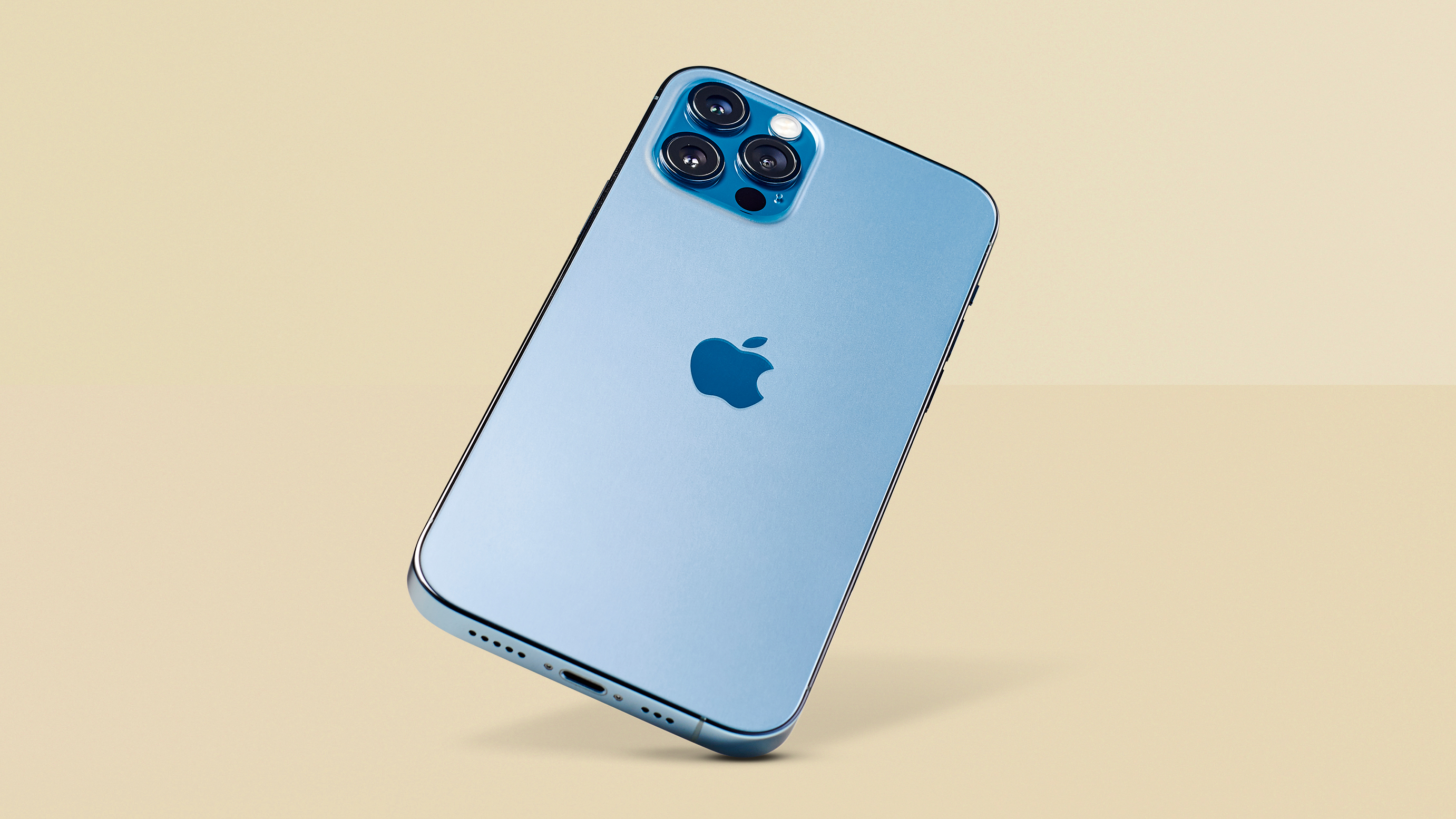
iPhone 12 Pro review: 5G & performance
5G is one of the biggest new features on the iPhone 12 Pro's spec sheet, though it does share that with the iPhone 12, of course. These are the first 5G iPhones, and they work with every kind of 5G around the world, though the models are slightly different depending on if you're in the US or not.
In the US, the iPhone 12 models support mmWave 5G, which is the very fastest possible form of 5G, but it isn't getting so much traction around the world. Most countries are opting for regular ol' 5G, so outside the US, there's no mmWave support on the iPhone 12 Pro.
I tested the 5G support in my city, and saw the kinds of speeds we were promised by the technology, hitting 500Mbps for downloads. However, many places with 5G are also seeing their 4G networks in the same places upgraded in a way that finally realises the promised potential of 4G, which means that I actually got 250Mbps on 4G, which is still faster than the wired internet connection of… well, almost everyone.
That kind of 5G speed really is noticeable. Opening a webpage is just instant. No images and text popping in, you just hit go and there it all is at once. Downloading several gigabytes of films takes a couple of minutes… and ate 3% of battery life on its own, in my case.
Because 5G is so battery hungry, Apple has implemented it by default in a kind of special 'Only when needed' mode. The iPhone will detect how intensive your online activity is, and if you're in a 5G area, it'll make use of 5G's speeds if they seem necessary. If you're just refreshing Twitter or something else light, it'll stick with 4G.
You can force it to use 5G when possible, or to even disable 5G totally if you want to save battery life.
The thing about 5G here in 2020 – a year in which the 5G rollout hasn't been quite as large as expected for forgivable reasons – is that it's a selling-point for future-proofing, but not so much for getting an immediate benefit unless you live in the right part of the right cities.
5G isn't the only speed improvement in the iPhone 12 Pro, though. The new A14 processor maintains Apple's lead as maker of the fastest phone chips in the world. In benchmarks, it's around 20% faster than the A13 chip in the iPhone 11 Pro, while also featuring improvements in other areas that help with things like the new cameras features. Its ludicrous power is the reason features such as Dolby Vision video recording and editing are possible, too.
Of course, last year's iPhones felt very fast in practice, so it's not like the old days where you noticed a major leap from generation to generation. Apps still open almost instantly, and the interface is totally smooth.
The useful thing about all that power is the future-proofing – with as much power as a MacBook Pro (really), this can handle any app you throw at it, now or years from now.
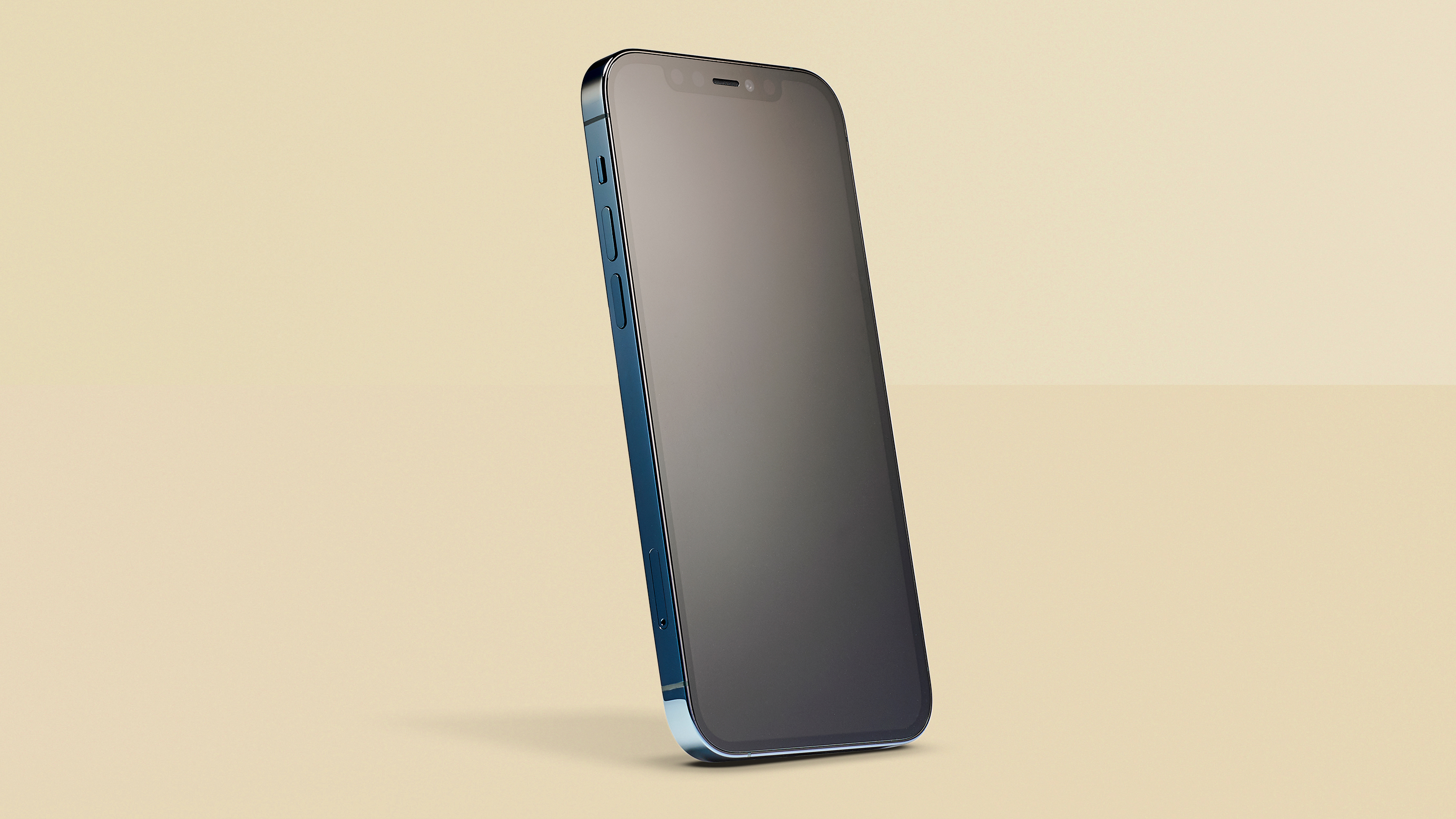
iPhone 12 Pro review: Battery life
Apple claims that the iPhone 12 Pro will get roughly the same battery life overall as the 5.8-inch iPhone 11 Pro. Recent iPhones have been taken good steps forward in battery life year over year, so it's a shame to see that come to a halt here.
It's technologically understandable: a bigger screen in the same size body is more of a strain on battery life, as is 5G, infamously. Teardowns have also revealed that the battery inside is actually smaller than the on the iPhone 11 Pro, and that the circuit board has become larger, seemingly to accommodate the electronics needed for 5G.
With these in mind, Apple has actually lowered its energy use here! But not in a way that brings longevity improvements to those of us using the phones, sadly.
In practice, we see very similar life to the 5.8-inch iPhone 11 Pro, meaning that it's capable of lasting through a day for all but the most hardcore users. To get through two days would require more light use.
It's by no means a class leader in this regard, but it tends to be bigger phones that take this trophy, so the iPhone 12 Pro Max will probably put up a stronger showing. Battery life isn't bad, it's just average.
You can charge it pretty quickly when needed – it offers fast charging over a wired connection with a powerful enough adapter (20W), and MagSafe charging can reach 15W. It also supports Qi regular wireless charging up to 7.5W.
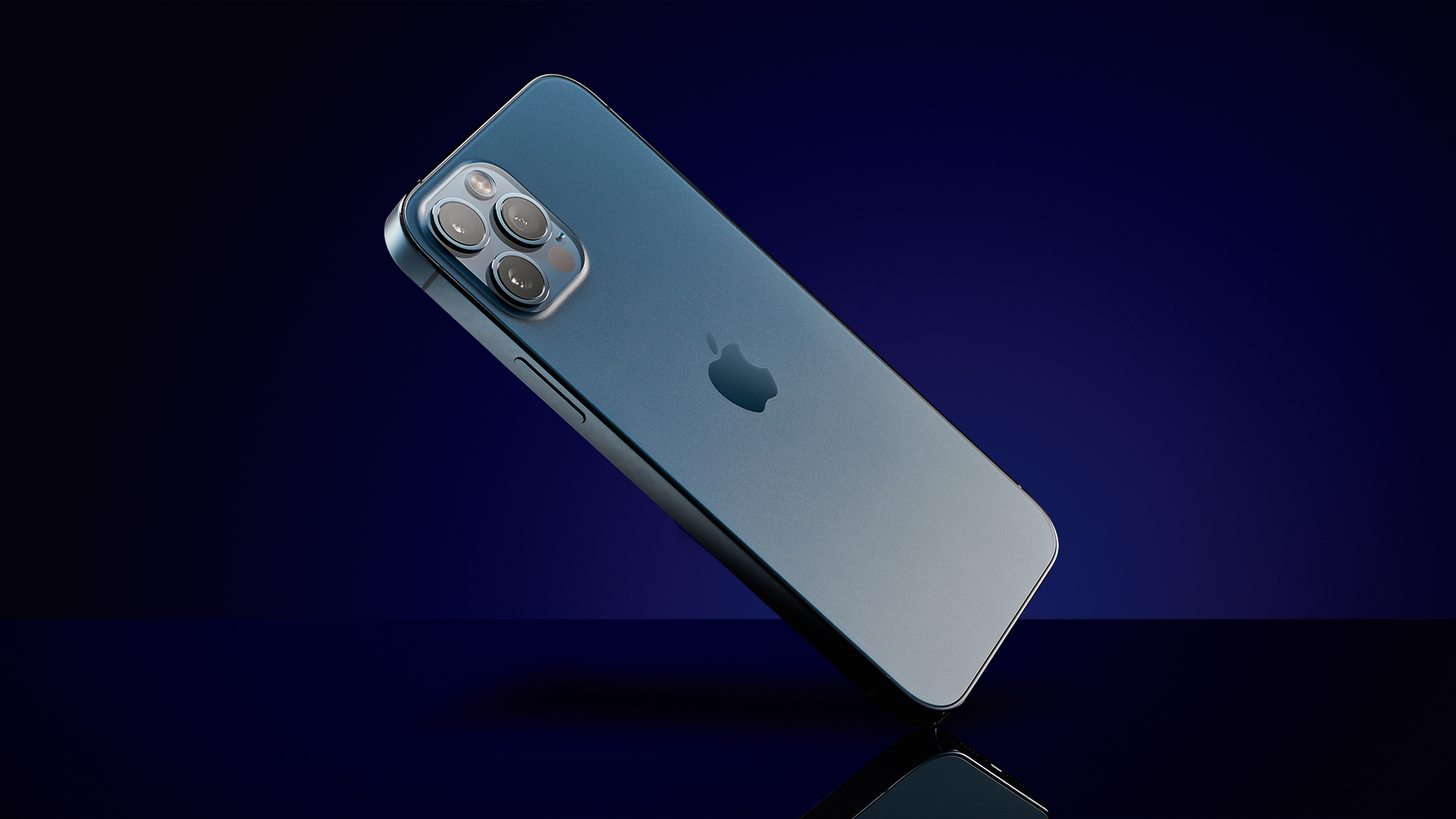
iPhone 12 Pro review: Verdict
The iPhone 12 Pro is a truly excellent phone, at a luxury price. You can pay less for a phone that matches or beats it in some individual areas – the screen, the camera image quality, the battery – but no cheaper phone is so good in so many areas at once. And also looks this good while doing it.
And at the same time, it's doing all this at a size that's smaller than flagship rivals. 6.1 inches might not be truly compact, but no equivalently high end phone is trying to squeeze this much engineering in the same kind of body.
Not everyone will find it worth spending this much money on something that's a little better than phones considerably cheaper – and in the case of some features, it may simply not offer something you think is vital – but it's the level of polish inside and outside (literally, in the latter case) that makes this so impressive overall.
iPhone 12 Pro review: Also consider
The iPhone 12 is the obvious alternative, here. It's the same size (including the screen), and the same design, but with aluminium instead of steel, and a different range of colours. The camera is similarly excellent, but is dual-lens and doesn't include the LIDAR sensor. The screen is just as strong for HDR, but is a little less bright in normal use. Here's our full iPhone 12 review.
The iPhone 12 Pro Max is for those who want better battery life, a bigger screen, an even better camera… or all three. It's identical to the 12 Pro in most ways, but you've got a 6.7-inch screen, and a much bigger sensor on the wide-angle camera with more advanced image stabilisation, meaning its performance in mid-to-light is noticeably improved. And the bigger body means more battery size, which means more longevity. We'll have a review for you soon.
Our pick of the Android alternatives would be the OnePlus 8 Pro if your focus is on the screen and slick performance. The display there is just as good for HDR punch and actually offers high-refresh rate support, for those want it. It's also significantly cheaper than the 12 Pro, though you don't get as good a camera. Read our full OnePlus 8 Pro review.
The best Android camera option while still getting a slick full Android experience is the Samsung Galaxy S20 Ultra 5G. Samsung's software is great, and you have the option of a high-refresh screen (though you have to lower the resolution if you want it). The camera is also full of tricks, including a 108MP sensor and 10x hybrid zoom (5x optical-only zoom). Here's our full Samsung S20 Ultra review.
Sign up to the T3 newsletter for smarter living straight to your inbox
Get all the latest news, reviews, deals and buying guides on gorgeous tech, home and active products from the T3 experts
Matt is T3's former AV and Smart Home Editor (UK), master of all things audiovisual, overseeing our TV, speakers and headphones coverage. He also covered smart home products and large appliances, as well as our toys and games articles. He's can explain both what Dolby Vision IQ is and why the Lego you're building doesn't fit together the way the instructions say, so is truly invaluable. Matt has worked for tech publications for over 10 years, in print and online, including running T3's print magazine and launching its most recent redesign. He's also contributed to a huge number of tech and gaming titles over the years. Say hello if you see him roaming the halls at CES, IFA or Toy Fair. Matt now works for our sister title TechRadar.
-
 Leaked AirPods prototype looks like Nothing... literally
Leaked AirPods prototype looks like Nothing... literallyAnd we are here for them
By Britta O'Boyle Published
-
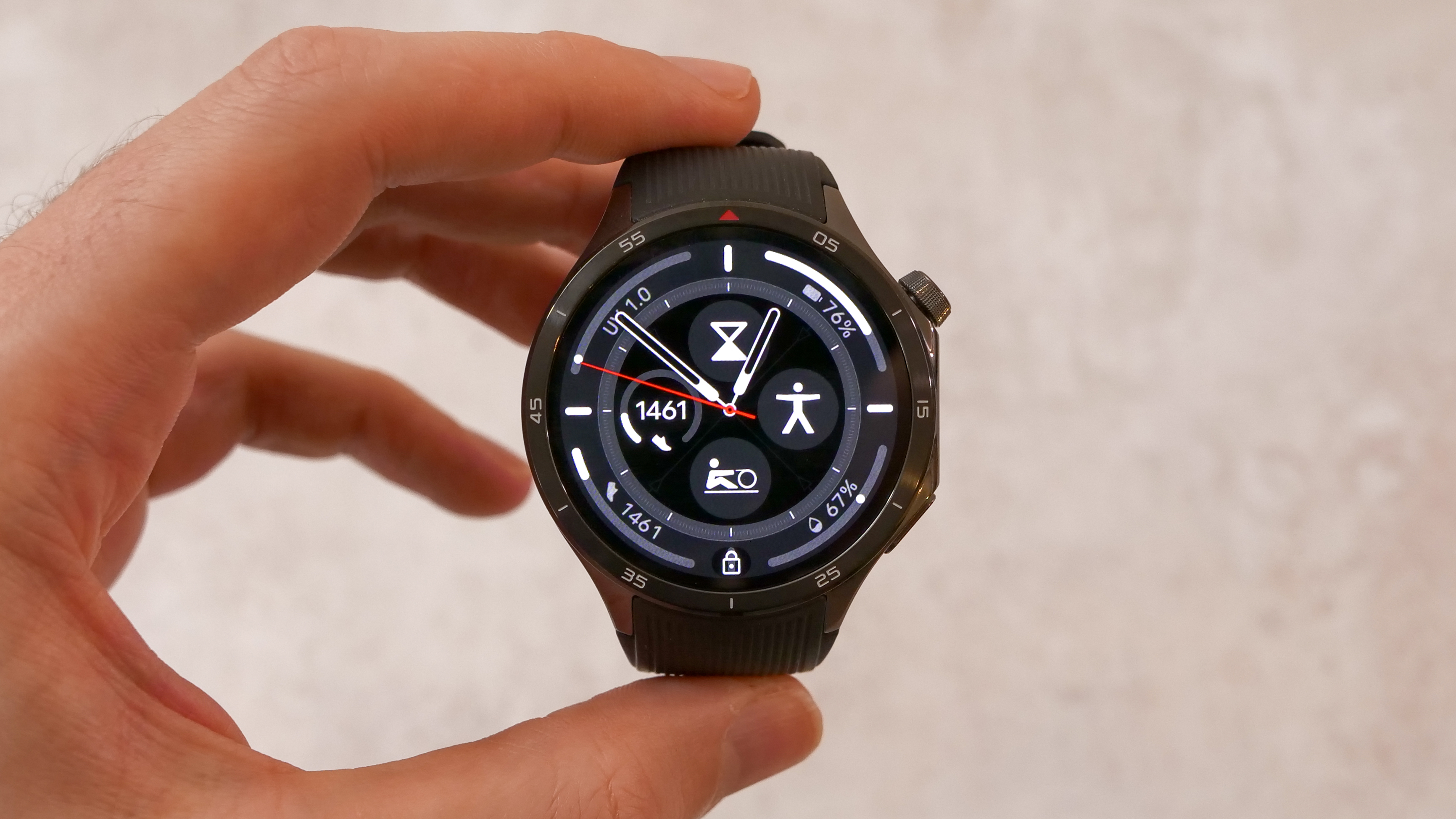 OnePlus Watch 3 lands in the UK with a flurry of freebies and a huge discount
OnePlus Watch 3 lands in the UK with a flurry of freebies and a huge discountThe new titanium-clad smartwatch brings 120-hour battery life, ECG health checks, and some serious launch offers
By Matt Kollat Published
-
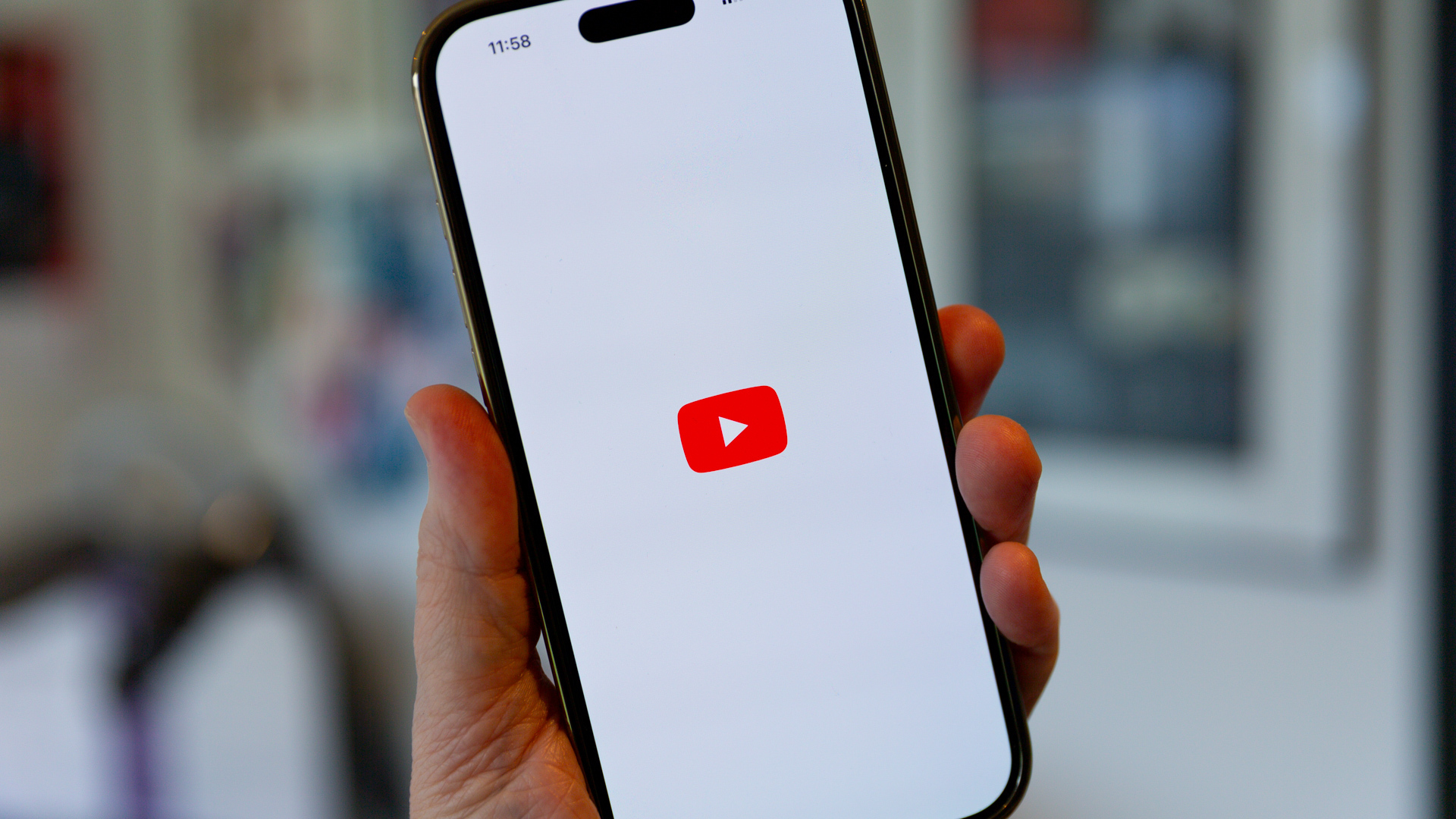 Future YouTube feature could put an end to your doomscrolling
Future YouTube feature could put an end to your doomscrollingAnd that's something we would love to see
By Britta O'Boyle Published